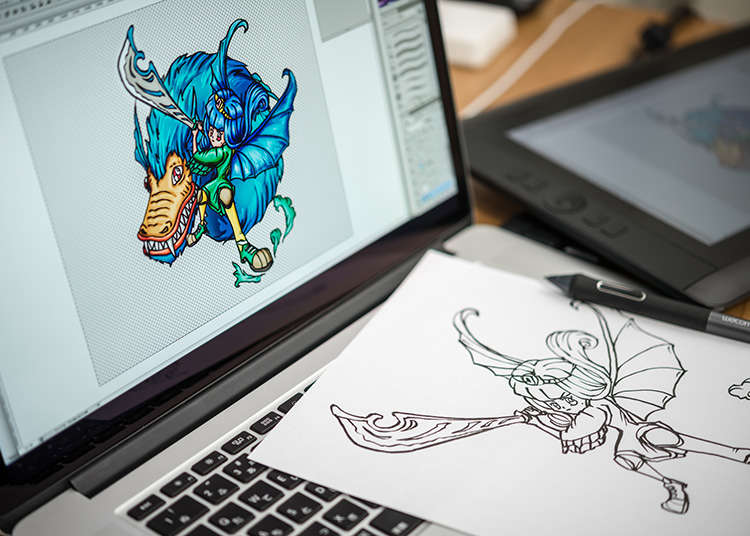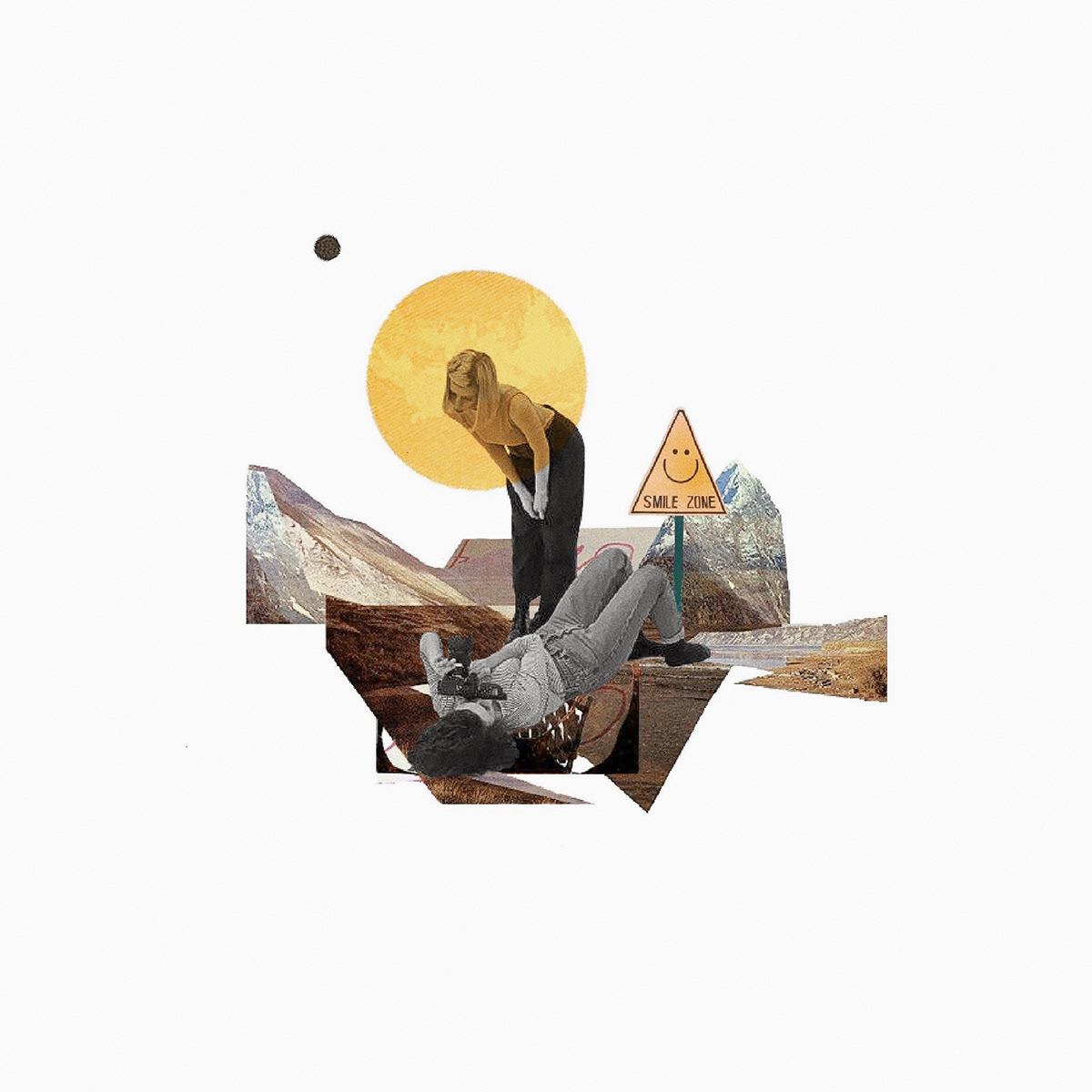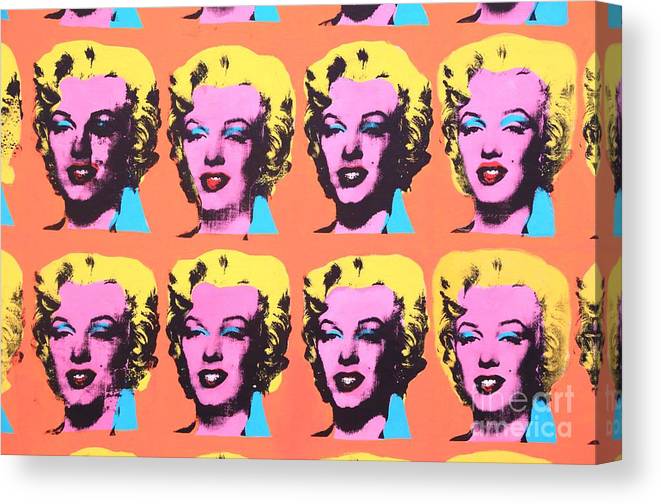
Op art or optical art is when you use color and illusions for a statement. This kind of art is becoming increasingly popular thanks to the many well-known works by famous artists like Bridget Riley and Anuszkiewicz. Read on to find out more about this form of art. It's a great way to explore the world of op art and get inspired by the beauty of nature.
Op art that is color-based
Op art is an exciting form of abstract art that plays with the human eye's relationship to color. Various patterns can confuse the eye and brain, resulting in irrational optical effects. There are two main types irrational effects. After-images and physical dilution. These effects often result from a combination of two techniques. For example, using black and white geometric designs can cause dizziness. Other artists use different colors to create after-images.

Optical illusions
Many of the most impressive optical art masterpieces are created using tricks of light. These effects are created by peculiarities of human vision and in the way the brain processes information about space. Both scientists and artists have used these rules to create amazing works of art. Bridget Riley's "Cataract 3", for instance, shows an eye that appears to have been distorted by a spiral of black-and-white lines. Moreover, there are several other optical illusions that can be attributed to the human eye and the brain.
Bridget Riley’s work
In 1964, the British artist Bridget Riley held a major exhibition of Op Art, selling out the opening day at the Richard Feigen Gallery in New York. Riley was just in her early thirties, when Op Art was first introduced to the public's attention. Her work was immediately taken up by the advertising and fashion industries. Soon, she was the number one artist in Britain. Her work was exhibited alongside the work of senior luminaries such as Picasso.
Radiant Green, Anuszkiewicz
His "Sol series", which he created in 1957, is one of his most recognizable works. These five large, nested acrylic paintings are oriented around a central square or diamond. The painting's edges are framed by a cerulean blu line. Although the color schemes used in these works vary greatly, they all have one thing in common: each piece is a single spatial element.

Sedgley’s work
Peter Sedgley's artwork explores the spatial and tonal virtues of colour and has extended the boundaries of his medium with his experiments using music and light. To study the effects on light and colour, he also uses the concept'refraction. Although his work is highly regarded, there are few works in the world that have been able to achieve such a fusion.
FAQ
What can I do to use pop culture in my marketing strategy
You need to examine the trends in pop culture to learn how you can use it in your marketing strategy.
Let's assume, for example that you wanted a promotion to promote a new movie. What type of promotion can you do?
You could make a trailer using clips taken from the movie. You could even find a clip that features one of your products or services and includes it in the video.
You could also make a parody trailer by using famous films.
If your product or service is closely related to the movie's themes, you can create a campaign that follows the film's storyline. You might promote a product that can help astronauts remain healthy while in space.
If you had a business connected to the movie's theme, you could run promotions based on the plotline. You could, for example, offer food samples to customers who purchase tickets to the movie.
How did pop culture come to be?
It was an accident. It was an accident. The first song was accidentally written when someone knocked over the piano while playing on New Year's Eve 1920.
The recording company loved what they heard so they decided to release the single.
This became the first recorded hit single.
Pop music has been the most popular form today of musical entertainment.
What is pop media?
Pop culture is all around. Pop culture is everywhere you go: radio, television, film, music and magazines. We are surrounded by it 24/7. It influences everything from our clothes, food, music, language, politics, and religion. What is pop cultural? According to Wikipedia, "Popular culture (or popular culture) refers to the products and ideas produced for mass consumption in society." Many people think that this term applies to television shows, movies, music, fashion, and other forms of entertainment. Pop culture goes beyond entertainment. Pop culture can be described as anything that is consumed by mass audiences, including video games, toys, clothing and fast food.
How did pop culture develop?
Technology drove the development of popular culture. It developed as people became increasingly mobile. The invention of the radio made mass communication possible. This was the beginning of television, which eventually led to the birth of the internet.
People started using computers at home and were exposed to computer games. These games were played with consoles such the Sony Playstation 3 and Nintendo Wii. They are now free to download online. Many youngsters now choose to play videogames over watching TV.
Video games are extremely popular with teenagers and kids. These games can be played solo or with friends over the internet. Call Of Duty games and Grand Theft Auto have a lot of violence. Parents worry about their children's safety while playing these games. Some people find it thrilling to see what happens when a character is killed.
Music videos are another way that pop culture influences youth. They give information about current trends and celebrities. Young people enjoy watching them. It's obvious that music is a major part of our lives.
Special effects are used to enhance songs in music videos. Rappers may use makeup and wigs to make themselves more appealing. To show off their bodies, some musicians are willing to put themselves through extreme physical hardships. Many singers sing while wearing costumes.
Today there is so much music to choose from. You can listen to whatever you like. This isn't always a good thing. Music can sometimes encourage violence. People are often angry when they hear certain songs or words. Sometimes they even commit crime.
50 Cent recently experienced this. He sang Get Rich Or Die Trying. It contains the line "I'm gonna shoot a momfucker down / Although I don't understand why but I might." People thought this meant that he would commit suicide. A man threatened him and called him up. 50 Cent then changed the lyrics. Now it only says: "I'll shoot a bitch down/ I don't know why but I just may."
Popular culture is essential. We need to be able to see how it affects our lives. If we don’t, it will be difficult to protect ourselves against its negative effects.
What are the best examples of pop-culture today?
Pop Culture is the 21st century's art form. Pop Culture includes all forms of popular entertainment such as music, film, TV and video games, fashion, advertising and comics. In his 1985 book, Amusing Ourselves Too Death (1985), Neil Postman first coined this term. Pop is a form of mass communication that employs cheap tricks and formulaic tools to create the illusion of spontaneity or uniqueness.
He said that people don't experience true joy because they are conditioned to look for media experiences that make them feel better than others. He also suggested that this form of cultural expression had led to the loss in critical thinking skills among young adults.
Pop culture can also be referred to by the terms popular culture or consumerism.
Who was the first to coin the term Pop Music
Invented by Frank Zappa. He coined the term "pop music" to describe his musical style.
He stated that he wanted music that was accessible to all. He called his music "pop music".
Zappa also coined the phrase "You know it’s POP when ..."" which refers to something being popular if it is enjoyed by many people. For example, Michael Jackson's Thriller album is one of the best-selling albums ever.
Zappa's definitions for pop music are quite different from the current. Pop music can include all music. Back then, pop music was limited to certain types of music.
Why is pop music popular?
Pop music is very popular because it's fun! It makes you feel happy and gives you a great sense of freedom. Pop music allows people to be free from any limitations and think about only themselves. They don’t have to worry what other people think. Pop music is so beloved because of this. People love songs that make them happy. You can turn the radio on if you feel down. You may even find yourself singing along. This is why pop music has been so successful over the years.
Statistics
- Yet a Nielsen study shows they account for 42% of the country's most-watched content on streaming services. courtesy Nielsen (npr.org)
- [17][18][19]Definition[edit]According to author John Storey, there are various definitions of popular culture. (en.wikipedia.org)
- According to Dictionary.com, popular culture, or low culture as it is sometimes referred to is comprised of the “cultural activities or commercial products reflecting, suited to, or aimed at the tastes of the general masses of people” (7/21/19). (socialsci.libretexts.org)
- For example, the term hater meaning someone who strongly undermines or criticizes others, often due to pathetic jealousy, likely emerged from hip hop culture, such as the term playa hateras, used by influential rapper Biggie Smalls as early as 1995. (simplicable.com)
- Recently, the market share across Western Europe has ranged from 60-75% (Hopewell, 2013). (socialsci.libretexts.org)
External Links
How To
What is pop culture and how does it relate to movies?
Popular Movies Culture covers all aspects of entertainment, including books, magazines and newspapers, television programs, websites, TV programs, websites, blogs and social media.
Movies can be classified into different types: comedy/drama, horror, action/adventure. Fantasy, science fiction. Romance, thriller. Animation.
Movie plots often follow a predictable series of events that lead to satisfying conclusions.
Films' success is dependent on how closely they follow this formula.
Some common plot points include:
-
A protagonist who must overcome obstacles to achieve his/her goal;
-
An antagonist who opposes the protagonist throughout the film;
-
The protagonist must make a moral decision in a moral dilemma
-
It's a twist ending that will change everything
If your story doesn't fit into one of these categories, you may need to reevaluate your concept or outline before you begin writing.
These are the questions you should pay attention to:
-
How do I establish my setting?
-
What does my protagonist desire?
-
Why should readers care so much about my story?
-
Where is my story going now?
-
Who is my main protagonist?
-
What about conflict?
-
What is its climax?
-
What's my resolution?
-
Is the end happy or sad?
-
Do I need to introduce new characters
-
Are there multiple settings for my story?
-
Are there subplots to the story?
-
Are there key themes?
-
Can I tell a complete story within just one chapter?
-
Am I using dialogue effectively?
-
Is my language clear and concise?
-
Does my vocabulary match the context?
-
Are you using active voice rather than passive voice?
-
Are there spelling errors?
-
Is my grammar correct?
-
Are there too many adverbs?
-
Is there anything else I could improve?
-
When I'm done editing, what is my first impression?
It's not enough to write a good novel, it is also your job to get it published.